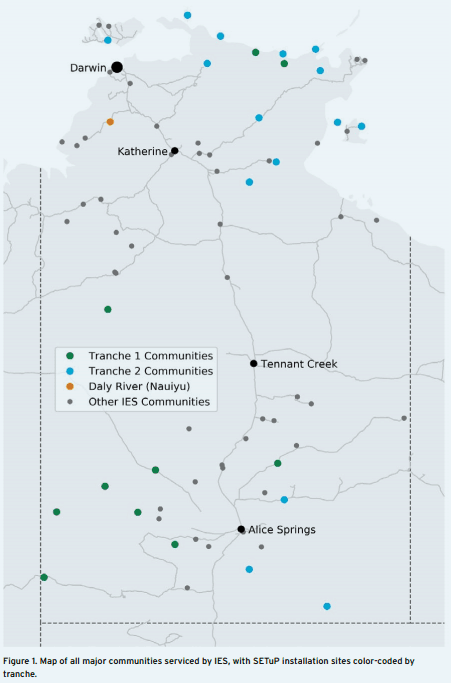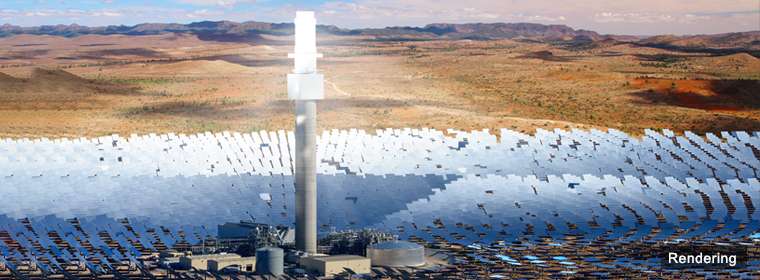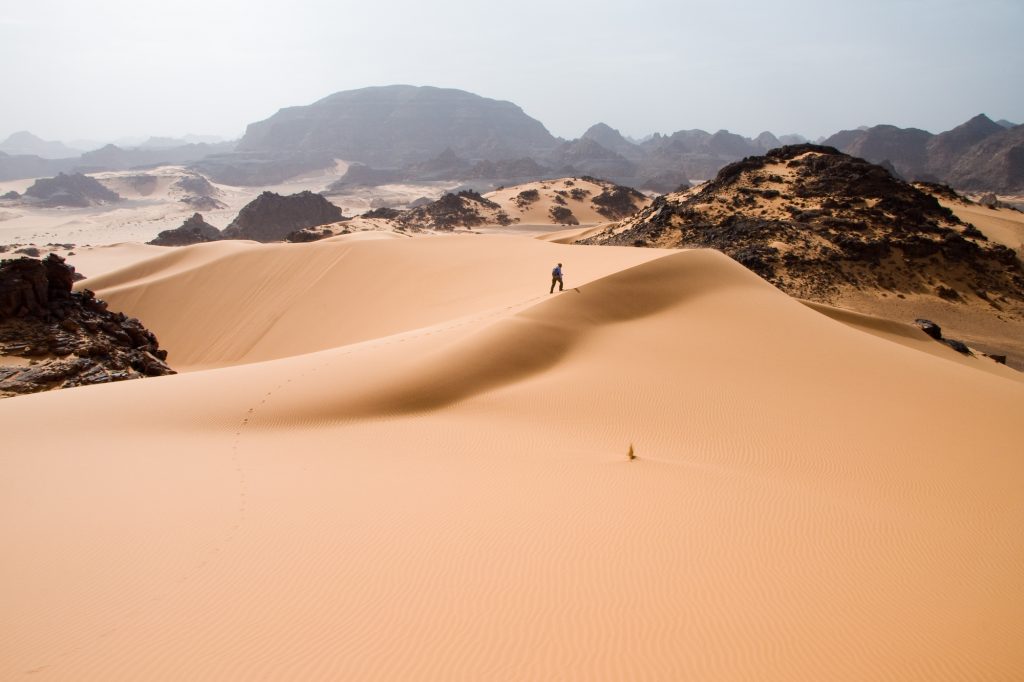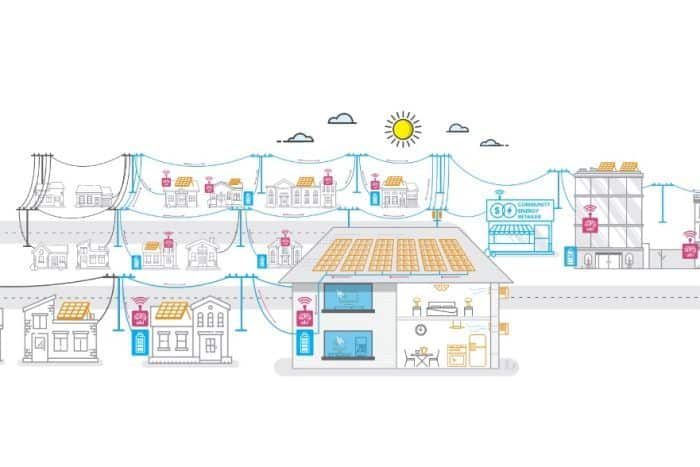Solar in Esperance – Micro Power Systems will be installed across 14 properties this year to help stabilise their grid and offer access to renewable energy.
Solar in Esperance
Solar in Esperance, WA has been an issue for a while as the existing powerlines are easily downed – winds, trees, or lightning strikes can make for some very expensive repairs.
Esperance its a town on the south coast of Western Australia. The McGowan Government in Western Australia has proposed that 13 Micro Power Systems (MPS) be installed in the area, in order to deliver a “safer, more cost efficient and reliable power supply to remote customers in the Esperance region”, according to the official media statement on the Government of Western Australia website.
Rural solar is a big issue in Australia so it’s fantastic to see governments working on combating this by offering modern solutions. The MPS’ will be supplied by state-owned corporation Horizon Power who are currently tasked with supplying energy to 100,000 residents and 10,000 businesses over a whopping 2.3 million square kilometres, according to Solar Quotes. The MPS devices include solar panels, battery storage and a backup diesel generator in case the battery is empty and the sun’s not shining.
Energy Minister Bill Johnston provided some quotes on his website with regards to the new plan:
“The MPS project for Esperance highlights the McGowan Government’s commitment to transitioning to renewable energy technologies at the lowest cost possible to taxpayers.
“These farmers are at the fringe of the power grid, east of Esperance and the Condingup area, where reliability isn’t as good and power outages take longer to restore” Minister Johnston said.
“The MPS will provide the farmers with more reliable and safe power that will cost the State less to provide.”
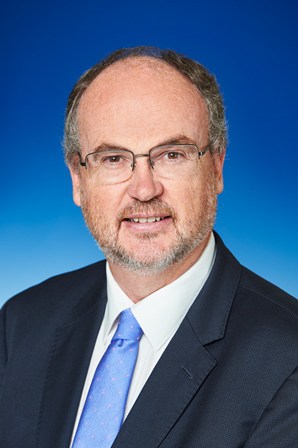
CPS National, an Australian company with over 20 years of experience in critical power and remote area power solutions, will deliver and install the systems.
Construction the on micro power systems will begin in April and is expected to be completed, with the systems fully operational, by the end of this year.
P.S. If you’d like to learn more about the company installing these MPS’, I have embedded a video about CPS below.

